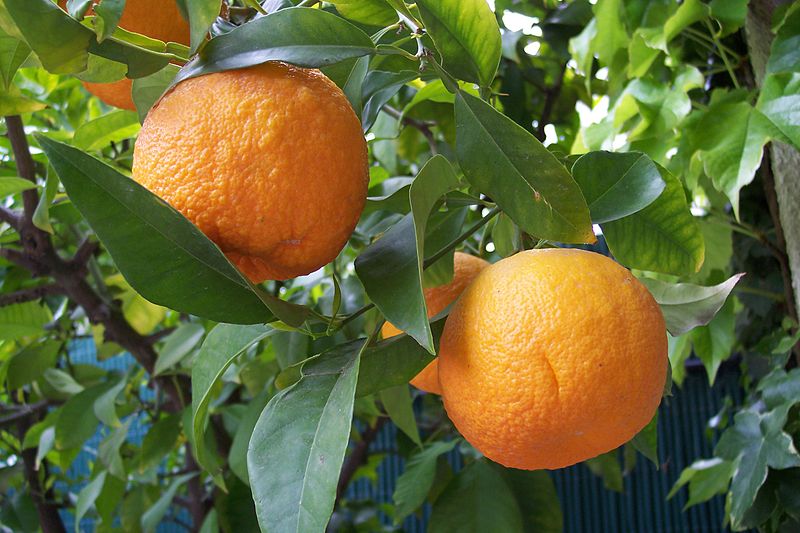Seville Oranges
 As the New Year brings thoughts of restraint and good resolutions to eat more healthily, it is a happy coincidence that – although now available all year round – vitamin-packed citrus fruits are in their peak season in January and February, allowing us the opportunity to indulge with a clear conscience.
As the New Year brings thoughts of restraint and good resolutions to eat more healthily, it is a happy coincidence that – although now available all year round – vitamin-packed citrus fruits are in their peak season in January and February, allowing us the opportunity to indulge with a clear conscience.
A high proportion of the world’s citrus production is processed, mostly into frozen concentrated juice, but there is nothing to beat the flavour and texture of fresh fruit in the peak of its season – memorable if you have ever had the pleasure of enjoying fruit straight from the tree, even an ornamental tree grown in a tub at home in Ireland.
Unlike their juicy sweet-fleshed relations, which are so delicious used fresh and for juicing, bitter oranges are used mainly in cooking, and for their essential oil, which is used for its scent and flavour. Variously known as the Seville orange (named after a major growing area), sour orange, bigarade orange, and marmalade orange, it is the fruit of a citrus tree, Citrus × aurantium.
Bitter oranges – for marmalade and, perhaps, sauces and accompaniments including variations on the traditional orange sauce ‘bigarade,’ for serving with duck – are in season for just a few short weeks, and it is well worth getting some even if you are busy, as they freeze down well for use later in the year. (A 3 lb/1.5 kg batch is perfect for marmalade; see Eunice Power’s column for her favourite marmalade recipe).
 RECIPE: MARMALADE MUFFINS
RECIPE: MARMALADE MUFFINS
The trick to fluffy muffins is to fold the wet and dry ingredients together as briefly as possible until just combined; don’t worry if the mixture still looks a little lumpy. These muffins are best served on the day they are made. If you don’t fancy using marmalade try making them with lemon curd instead.
Click for recipe





There are currently no comments
Leave a comment
Not a member? Register for your free membership now!
Or leave a comment by logging in with: